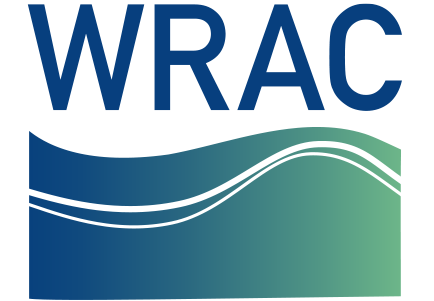
Optimization of pre and post-harvest factors to extend the shelf life and improve the quality of whole fish and fillets of salmonids and white sturgeon
Given the many challenges of increasing domestic finfish supply, reducing loss by extending the shelf life and improving the quality of fresh and frozen fish products is critical to maintaining the growth and profitability of the fish producers in the Western Region of the US. Several factors are generally considered important in extending the shelf life and improving fish quality yet have not been systematically investigated on large finfish. The overall goal of this study is to fill the gap of knowledge and provide finfish producers valuable processing strategies to produce the highest quality whole fish and fish fillets with sustainable aquaculture systems. We propose to evaluate the effects of traditional and alternative slaughtering methods, different processing methods, and numerous packaging technologies on the retail shelf life and quality of large finfish.
Objectives
1. Evaluate the effects of slaughtering methods, processing and packaging to improve the shelf life of whole fish and fillet quality in trout and steelhead (Year 1 & 2).
2. Evaluate the effects of slaughtering methods, processing, and packaging to improve the shelf life and fillet quality in white sturgeon (Year 2 & 3).
3. Develop a Technical document with standard operating procedures and video for fish slaughter. Produce a guidance document covering fish processing in English and Spanish (Year 3).
Project Summary
| Duration: | 3 years |
|---|---|
| Funded Date: | 09/01/2021 |
| Funding level: | $359,835 |
| PI: |
|
| Advisors: |
|
| Location: | California - CA, Idaho - ID, Oregon - OR |
| Species: | Steelhead, Sturgeon, Trout |
| Topics: | Economics, Humane slaughter |

